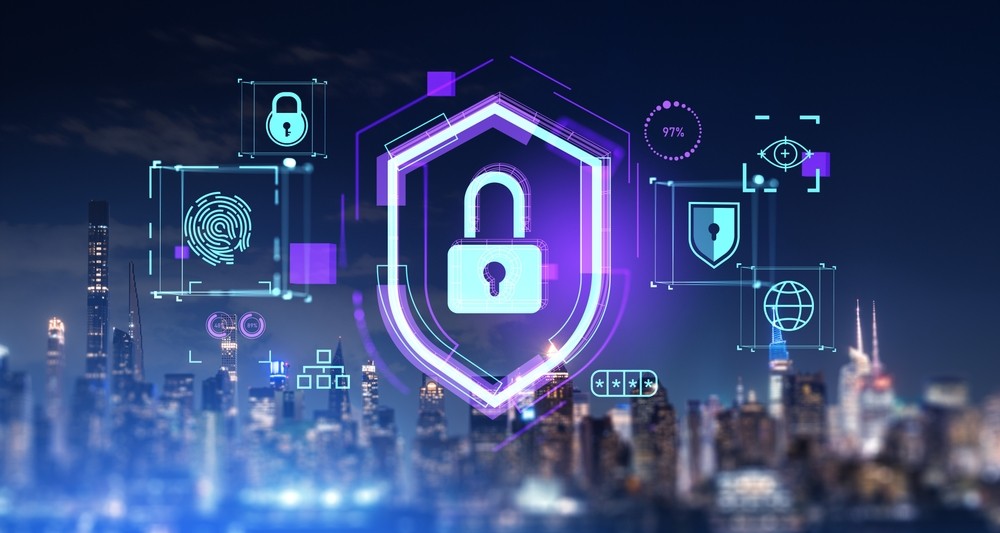Trend Micro has published research revealing that UK organisations lack sufficient resources and leadership buy-in to measure and mitigate risk across their digital attack surface.
The research, which surveyed 100 UK cybersecurity leaders as part of a global study polled those responsible for cybersecurity in small, medium and large organisations to better understand their attitudes toward attack surface risk management (ASRM).
The top three gaps in cyber-resilience revealed by respondents were:
Sufficient staffing for 24x7x365 cybersecurity coverage – which just 31% have
Attack surface management techniques to measure the risk of the attack surface (used by 32%)
Using proven regulatory and other frameworks like the NIST Cybersecurity Framework (only 34%)
The failure of UK companies to achieve these cybersecurity basics could be traced back to a lack of leadership and accountability at the top of the organisation. Half (48%) of global respondents claimed that their leadership doesn’t consider cybersecurity to be their responsibility. Just 17% disagreed strongly with that statement.
When asked who does or should hold responsibility for mitigating business risk, respondents returned a variety of answers, indicating a lack of clarity on reporting lines. Nearly a third (25%) of UK respondents said the buck stops with organisational IT teams.
This lack of clear direction on cybersecurity strategy may be why over half (54%) of UK respondents complained that their organisation’s attitude to cyber risk is inconsistent and varies from month to month.
Bharat Mistry, Technical Director at Trend Micro said: “A lack of clear leadership on cybersecurity can have a paralyzing effect on an organisation—leading to reactive, piecemeal and erratic decision making. Companies need CISOs to clearly communicate in terms of business risk to engage their boards. Ideally, they should have a single source of truth across the attack surface from which to share updates with the board, continually monitor risk, and automatically remediate issues for enhanced cyber-resilience.”
The leadership required to remediate these issues is not present in many organisations. Nearly all (94%) of those surveyed have concerns about their attack surface. Over one third (36%) are worried about having a way of discovering, assessing and mitigating high-risk areas, and 16%) aren’t able to work from a single source of truth.







